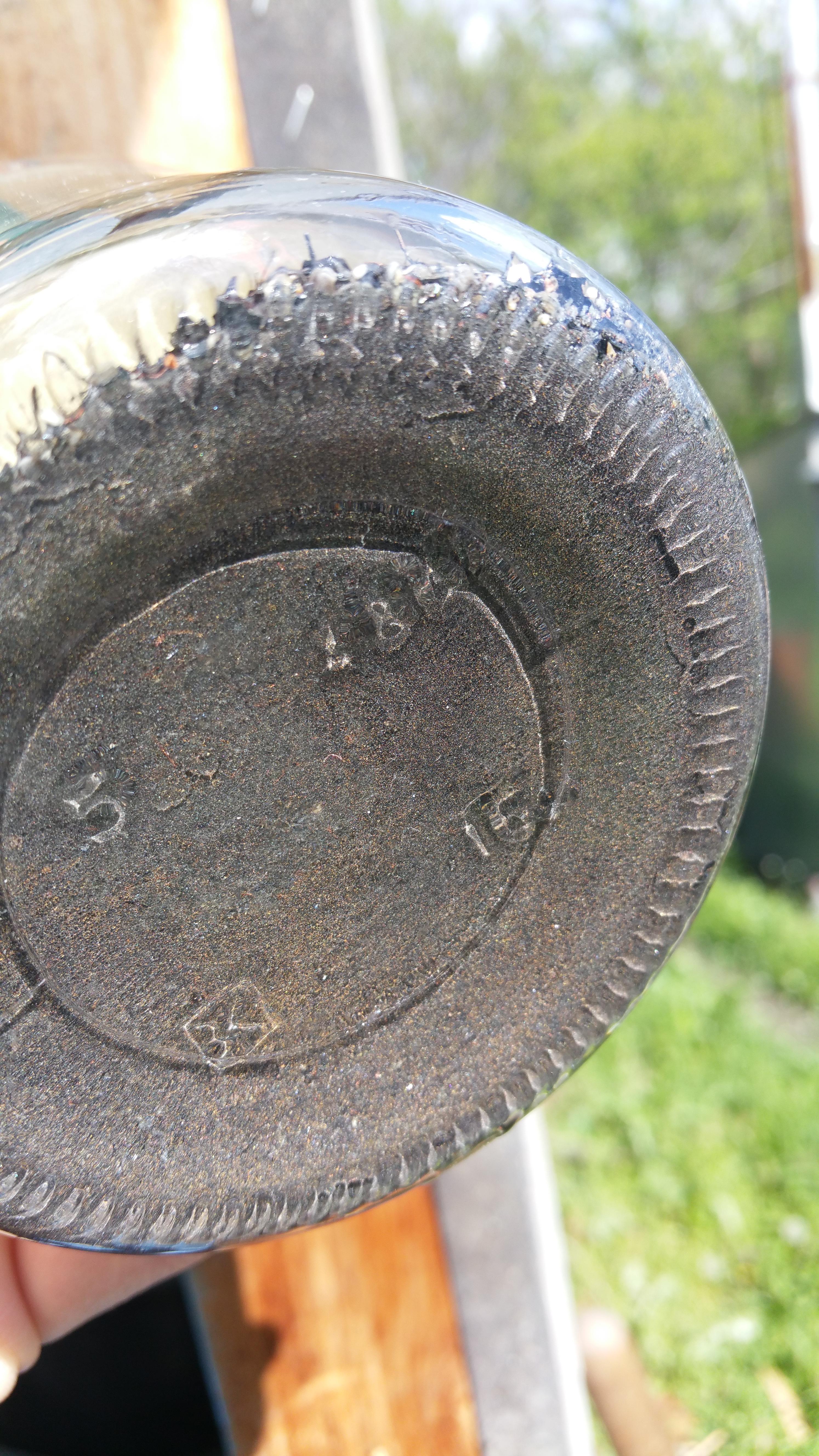the things i build were made with 55gal drum side. they resist a lot better than tin cans, even though it's still from a "can". Just bigger.
Also, the boiler is great at pyrolizing, but to fully ash, it takes a long time. the black you see in the last picture, is actually oxidized copper. there is zero carbon left.
I was wondering this. assuming i do the pyrolizing in the boiler as it's quite quick (aka, turning into carbon), how can i then ash them? I could use propane and a furnace?

















































